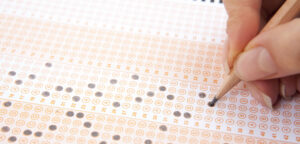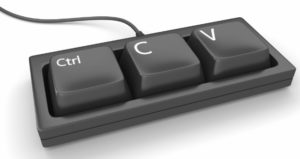
Contract Cheating—and What to Do about It
Contract cheating is a relatively new phenomenon that is gaining attention in higher education because it is particularly difficult to detect. Instead of purchasing a paper from an outside source, contract cheating involves hiring someone specifically to create that work for the student. The problem








